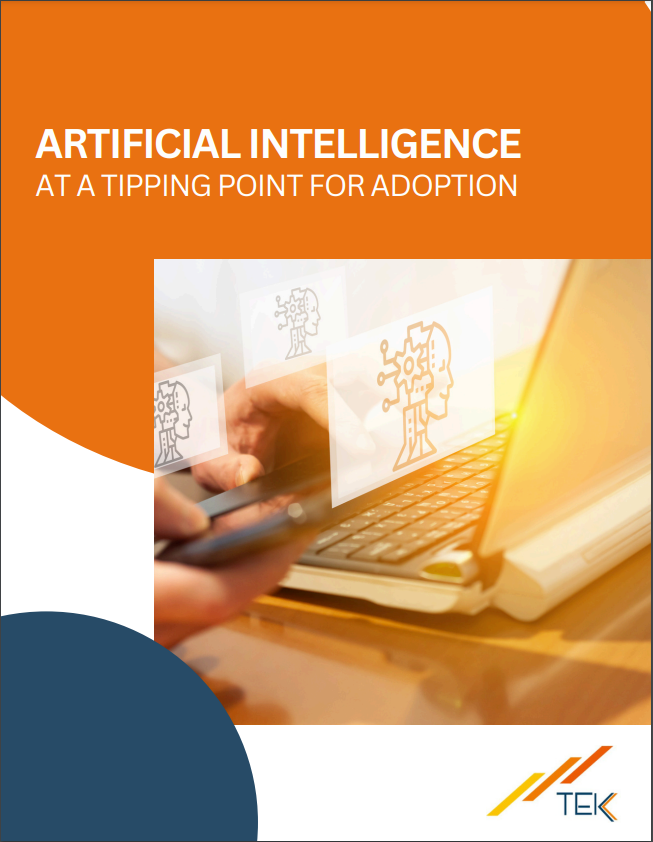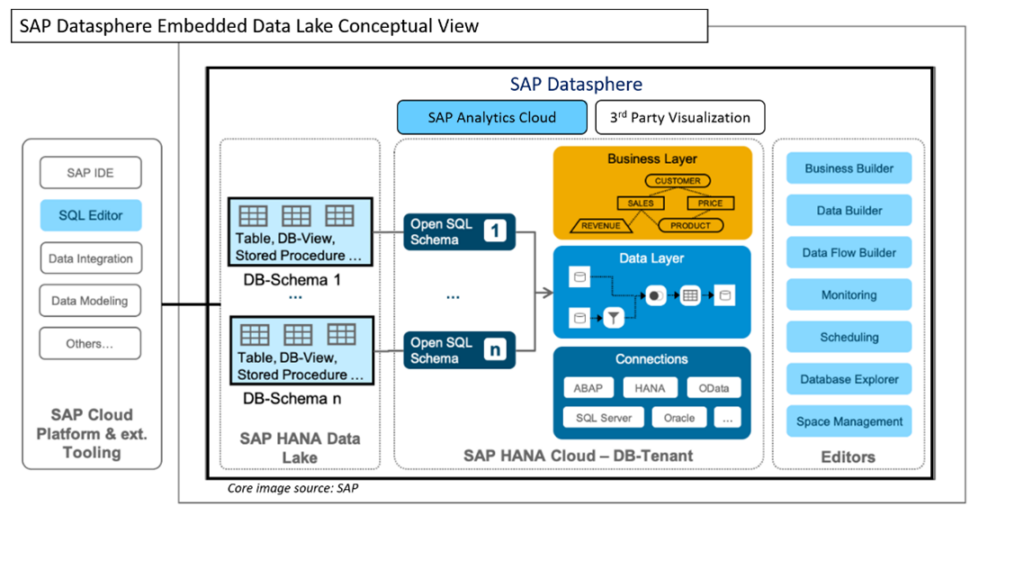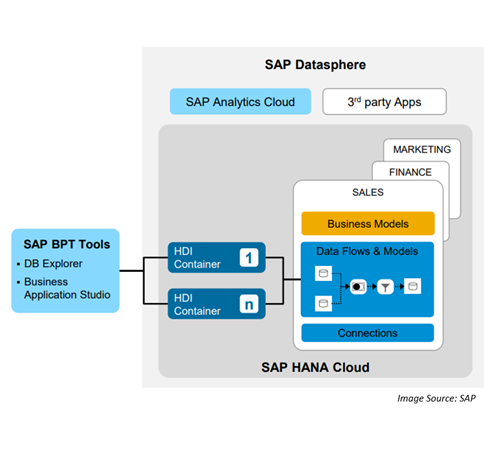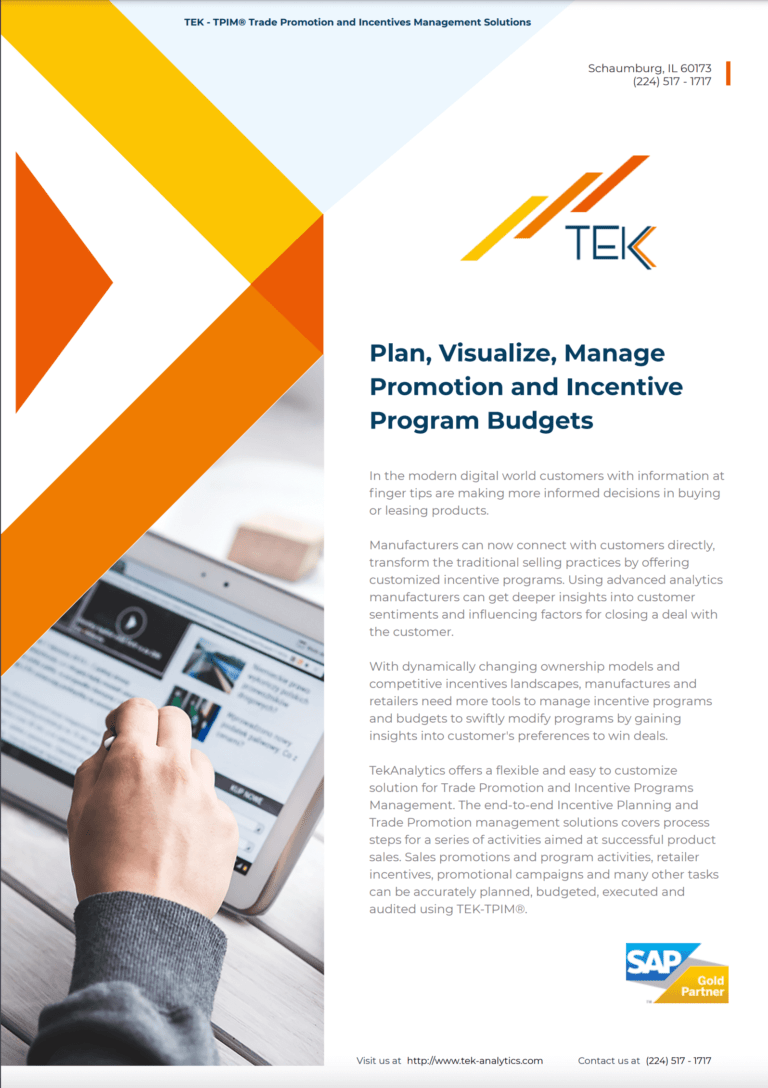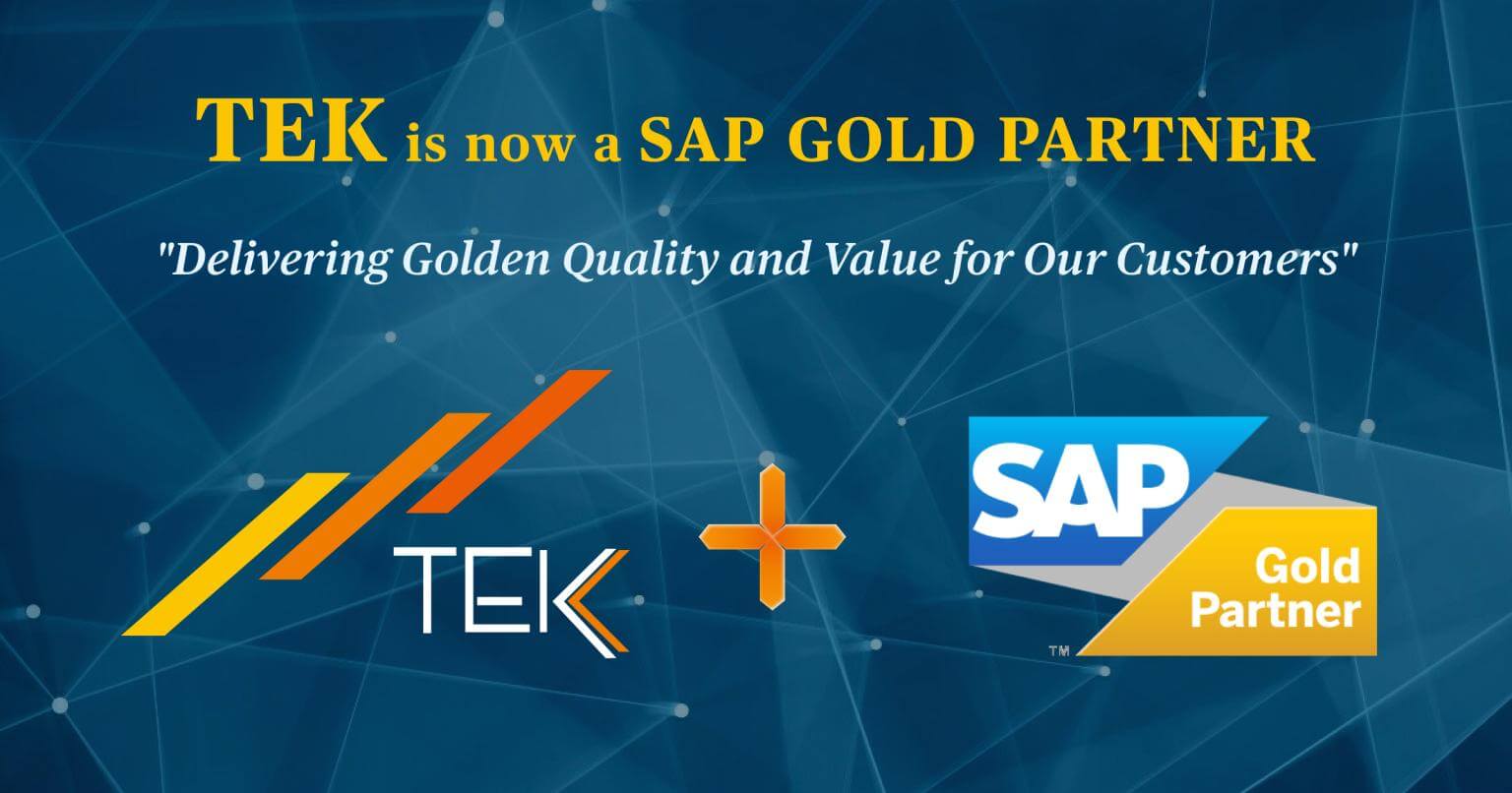Job Title: Informatica Data Governance Engineer
Location: Remote
About Us: TekAnalytics is a leading technology solutions provider, dedicated to serving our clients with innovative and mission-focused expertise. We are a team of passionate professionals committed to making a difference through digital transformation and cutting-edge technology solutions.
Job Description: TekAnalytics is seeking an Informatica Data Governance Engineer to develop and implement a comprehensive data management and governance framework using Informatica suite of tools including Axon, DPM, and EDC. The role will focus on addressing data-related challenges and improving data quality, accessibility, and governance across the organization.
Key Responsibilities:
1. Design and implement data governance strategies using Informatica tools like Axon, DPM, and EDC.
2. Develop and enforce data standards and guidelines to ensure consistency and high-quality data across the organization, with a focus on the Enterprise Data Platform (EDP) and associated systems.
3. Lead Master Data Management (MDM) initiatives, driving data quality, consistency, and standardization across all datasets.
4. Develop dashboards using Informatica tools to monitor data quality improvement efforts and ensure compliance with specific data quality requirements.
5. Automate data quality assessment and profiling processes using Informatica tools to proactively identify and address data quality issues.
6. Identify data silos and develop integration strategies using Informatica tools to enhance data accessibility and collaboration.
7. Implement a people, process, and technology framework for effective data management and governance.
8. Promote awareness and adoption of data management practices throughout the organization.
9. Collaborate with the Enterprise Data Platforms team to integrate automated data governance mechanisms and tools.
10. Engage closely with IT and business stakeholders to align MDM and data governance strategies with specific business objectives.
11. Regularly review data governance policies, standards, guidelines, and procedures, recommending changes as necessary using Informatica tools.
12. Assist in the architecture and design of a Universal Data Hub and a centralized entity master repository, implementing best-of-breed and in-line analytics data standards.
13. Cultivate a data-centric culture within the organization.
14. Support the design of comprehensive solutions and frameworks for data management and governance.
15. Administer the data governance program, facilitating data governance council meetings.
16. Develop, document, and publish data standards for EDP-related applications.
17. Document standards for data storage, access, and analytics.
18. Train users on data management tools, such as Informatica’s EDC and Axon.
19. Extract metadata from existing datasets and catalogs to create a unified metadata catalog using Informatica tools.
20. Implement a semantic model on Informatica Axon for a common view and discovery portal for business users.
21. Implement data standards from source to consumption.
22. Apply automated data quality functions using Informatica tools.
Requirements:
– Bachelor’s or Master’s degree in Computer Science, Information Systems, or a related field.
– Several years of experience in data governance, data management, and data quality roles, specifically with Informatica’s suite of data governance tools like Axon, DPM, and EDC.
– Proven track record in developing and implementing data governance strategies using Informatica tools.
– Knowledge and understanding of Federal data, policies, and procedures.
– Excellent communication, collaboration, and stakeholder management skills.
– Strong problem-solving and analytical skills.
– Experience in promoting a data-centric culture in large organizations.
– Familiarity with data storage, access, and analytics standards.
– Ability to train and enable users on data management tools.
– Experience in metadata management and semantic modeling using Informatica tools.
TekAnalytics is an equal opportunity employer. We celebrate diversity and are committed to creating an inclusive environment for all employees.
